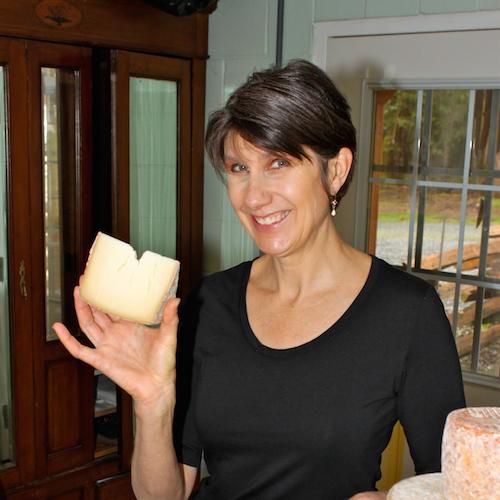
Whether a cheese will or won’t melt begins with molecular chemistry. To understand why a cheese won’t melt, it’s easier to first grasp why a cheese will melt. To ooze or stretch, a cheese must have a flexible network of proteins—created by rennet and loosely held together by calcium phosphate—with just enough give that, when heated, they can move and reform. (Kind of like your favorite pair of skinny jeans.) At the other end of the spectrum, a cheese that remains intact and doesn’t melt on the grill has a rigid structure with no yield.
There are many cheeses that don’t melt, including Lithuanian white cheese, queso fresco, juustoleipä (often called bread cheese), halloumi, and Indian paneer. Let’s look at two different cheesemaking processes that result in a nonmelting cheese. To make paneer or queso fresco, a producer heats milk to a high temperature, then adds vinegar, lemon juice, or another acid to curdle it (but no rennet). The high heat causes the whey proteins to stick to the cheese proteins (casein), which are then pressed together to create a high-protein, heavily textured, and inflexible cheese.
Halloumi, however, is made with rennet—but it’s pressed for a shorter time, resulting in a higher-than-usual pH (around 5.8). The cheese is then dipped in hot whey, which kills the starter bacteria and prevents further development of acid (meaning that calcium phosphate flows out of the cheese), ensuring a strong, rigid protein network.
Any way you slice ‘em, grillable, nonmelting cheeses are a delightful way to add some variety to a summer barbecue menu. Thanks, science!
Feature Photo Credit: Robyn Mackenzie/shutterstock.com




